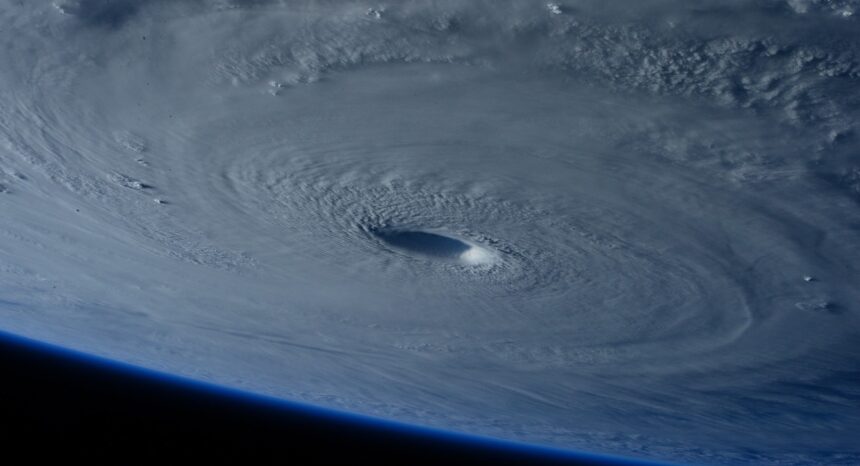As Hurricane Florence makes landfall in North Carolina, reporters who are covering the storm can expect to contend not only with the weather, but also an onslaught of mis- and disinformation.
You’ve probably seen the images before on social media – a shark swimming along a flooded highway, for example – or read seemingly credible posts about price gouging that turned out to be hoaxes.
How can you sort out what’s real and newsworthy from what’s fake? We’ve pulled together a few quick tips and resources to help:
- Independently verify images through reverse image searches with tools like Google, RevEye or TinEye.
- Reverse image searches allow you to upload and search an image to find other places it appears on the web. This can help verify whether images are current and accurate or old hoaxes being recirculated. Colleagues who research mis- and disinformation at Harvard’s Shorenstein Center on Media, Politics and Public Policy recommend flipping the image horizontally and doing a reverse image search on that version as well.
- We’ve summarized a few additional strategies for identifying misinformation, including checking the metadata of images to verify dates and using geolocation tools to determine where pictures were taken.
- Review past hoaxes to know what to look out for. Storyful put together a list of debunked images from 2017’s Hurricane Irma. The Houston Chronicle, Washington Post and New York Times compiled and debunked hoaxes from Hurricane Harvey.
- Have trustworthy sources for information, such as the National Hurricane Center and the National Weather Service. The National Ocean Service has information and explainers on key facts about hurricanes.
For more, check out:
- “Covering Hurricanes and Tropical Storms: Key Resources for Journalists,” created by Journalist’s Resource.
- A review of hoaxes around Hurricane Harvey, written by Nic Dias, a researcher investigating disinformation at Harvard’s Shorenstein Center for Media, Politics and Public Policy.
- The Poynter Institute’s “9 Tips to Avoid Spreading Misinformation About Hurricanes.”
- The National Hurricane Center’s latest forecasting for Florence.
- The News & Observer, based in Raleigh, and the Charlotte Observer — North Carolina’s biggest newspapers. They’re both providing comprehensive coverage of the storm.


Expert Commentary